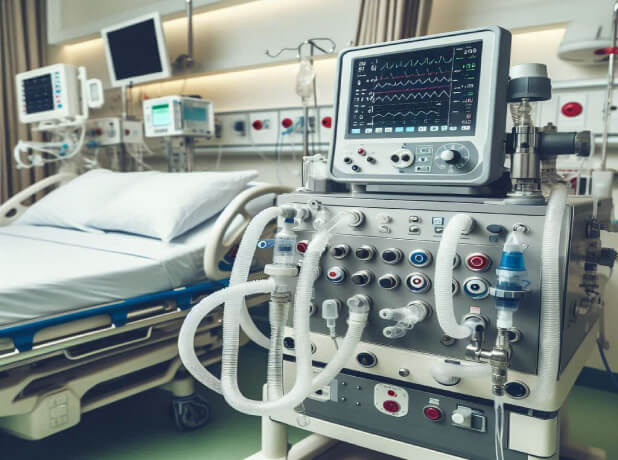The Predictive Validity of the Full Outline of UnResponsiveness Score Compared to the Glasgow Coma Scale in the Intensive Care Unit: A Systematic Review
Abstract The Full Outline of UnResponsiveness (FOUR) score was developed to overcome the limitations of the Glasgow Coma Scale (GCS) when assessing individuals with impaired consciousness. We sought to review the evidence regarding the predictive validity of the GCS and FOUR score in intensive care unit (ICU) settings. This review was prospectively registered in […]








